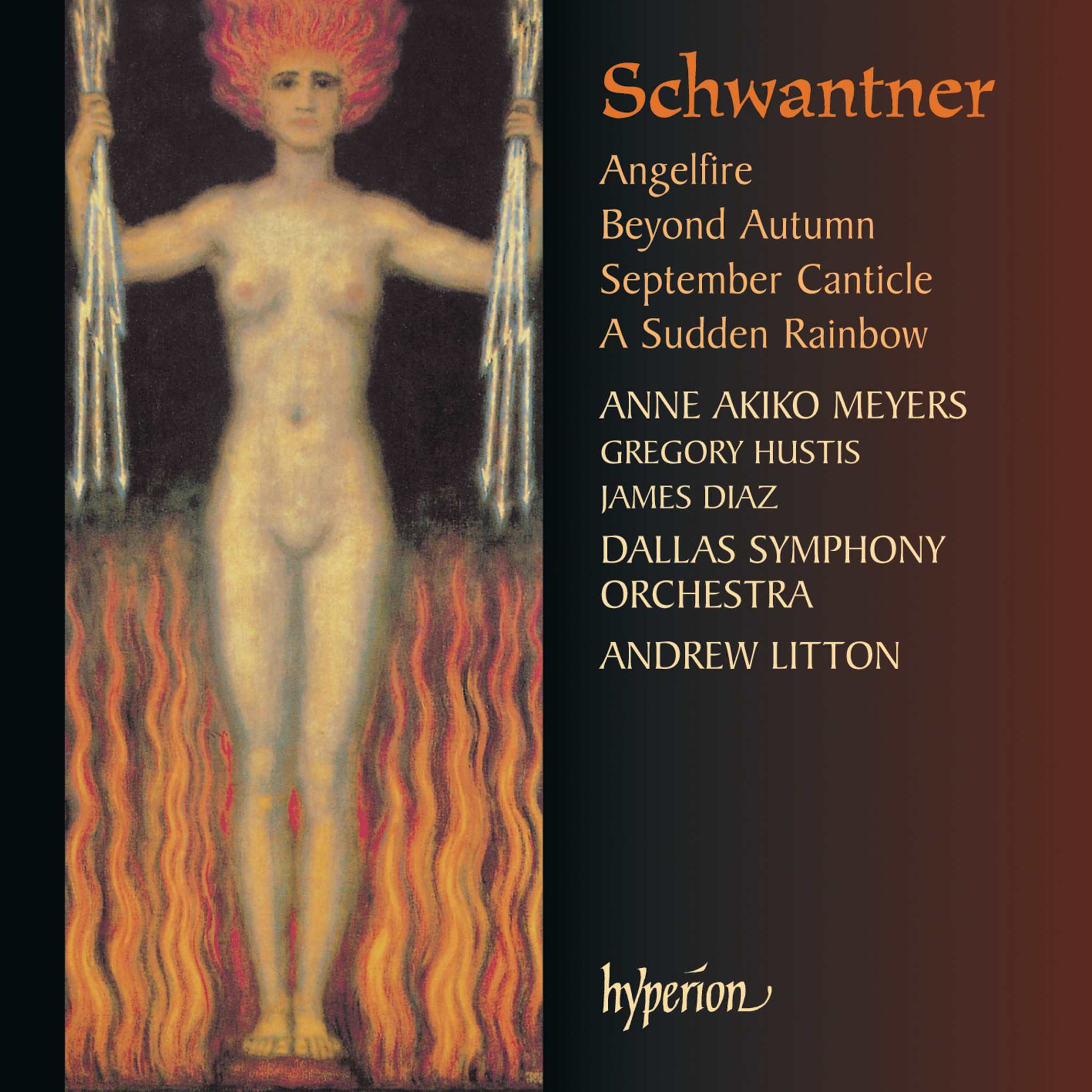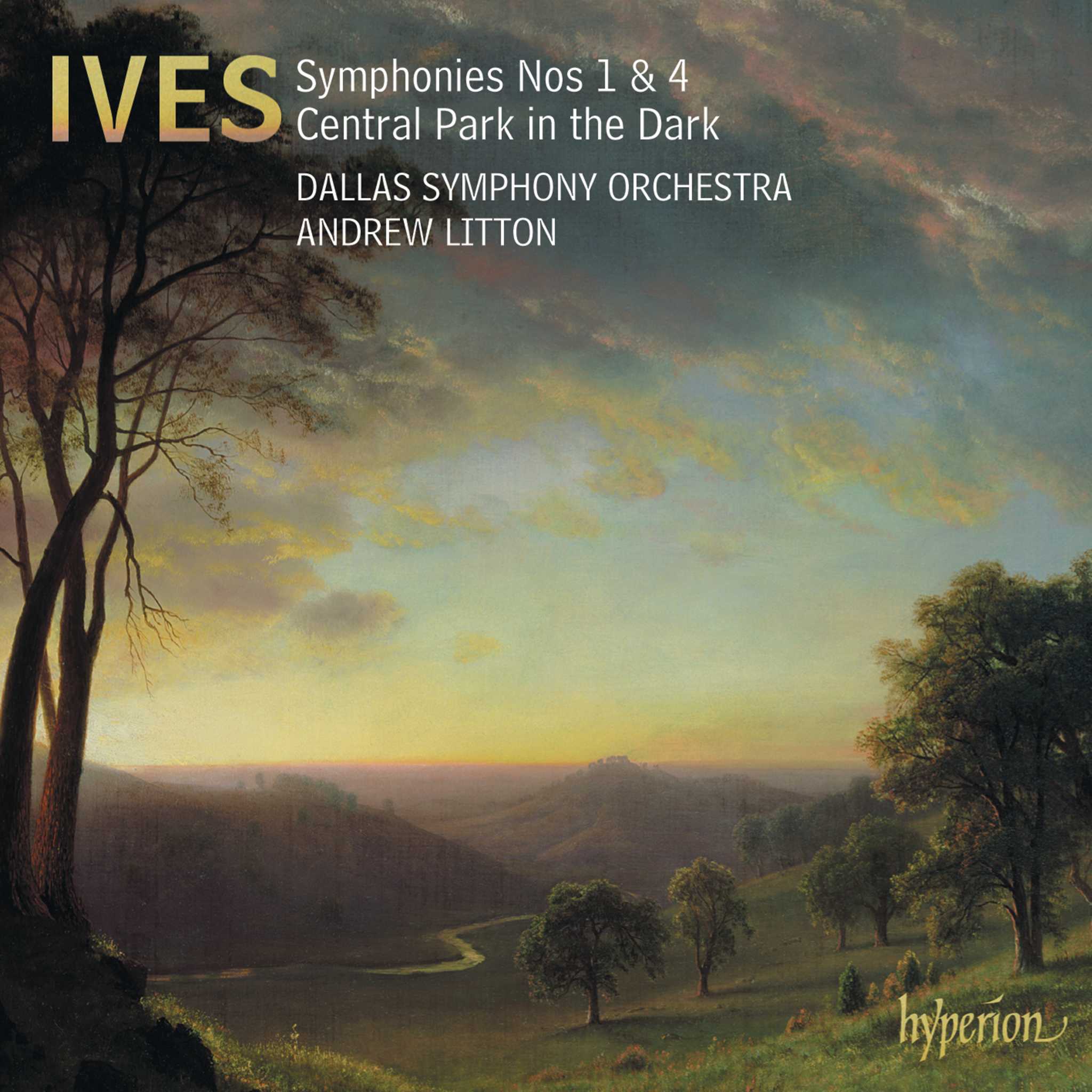Album insights
Shostakovich's music always engages the audience directly, whether he exposes an emotional nerve, juxtaposes seemingly incompatible materials for dramatic effect, or takes us on a captivating journey. His profound emotional expression is rooted in technical mastery that remains unmatched in the twentieth century. Despite facing neglect and excessive attention, Shostakovich's creative output continues to fascinate listeners.
By the time Shostakovich created his Fifth Quartet in 1952, he had already demonstrated complete mastery of the genre with the Second, Third, and Fourth Quartets. Significant events like World War II and Stalin's regime had a profound impact on his worldview and compositional approach. The Fifth Quartet, often considered his most significant one, paved the way for his Tenth Symphony with its thematic unity and integration.
Shostakovich's Seventh Quartet, finished in March 1960, delves into new aspects of quartet composition, exploring a four-movement structure dedicated to the memory of his first wife. The Ninth Quartet, dedicated to his third wife, emerged in 1964 as part of the second cycle of his quartet works.
This piece, featuring a five-part structure, intricately navigates tonalities, containing both personal and musical allusions. Shostakovich's innovative use of tonal bases, thematic development, and rhythmic elements throughout the Ninth Quartet showcases his profound musical depth and creativity. His ability to intricately weave motifs and themes results in a compelling musical narrative spanning various emotions and tonal landscapes. Through indefatigable logic and inventive orchestration, Shostakovich once again demonstrates his boundless creativity and artistry.






